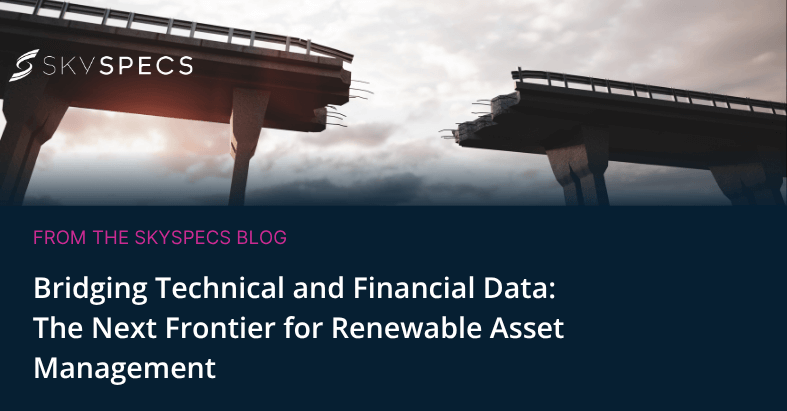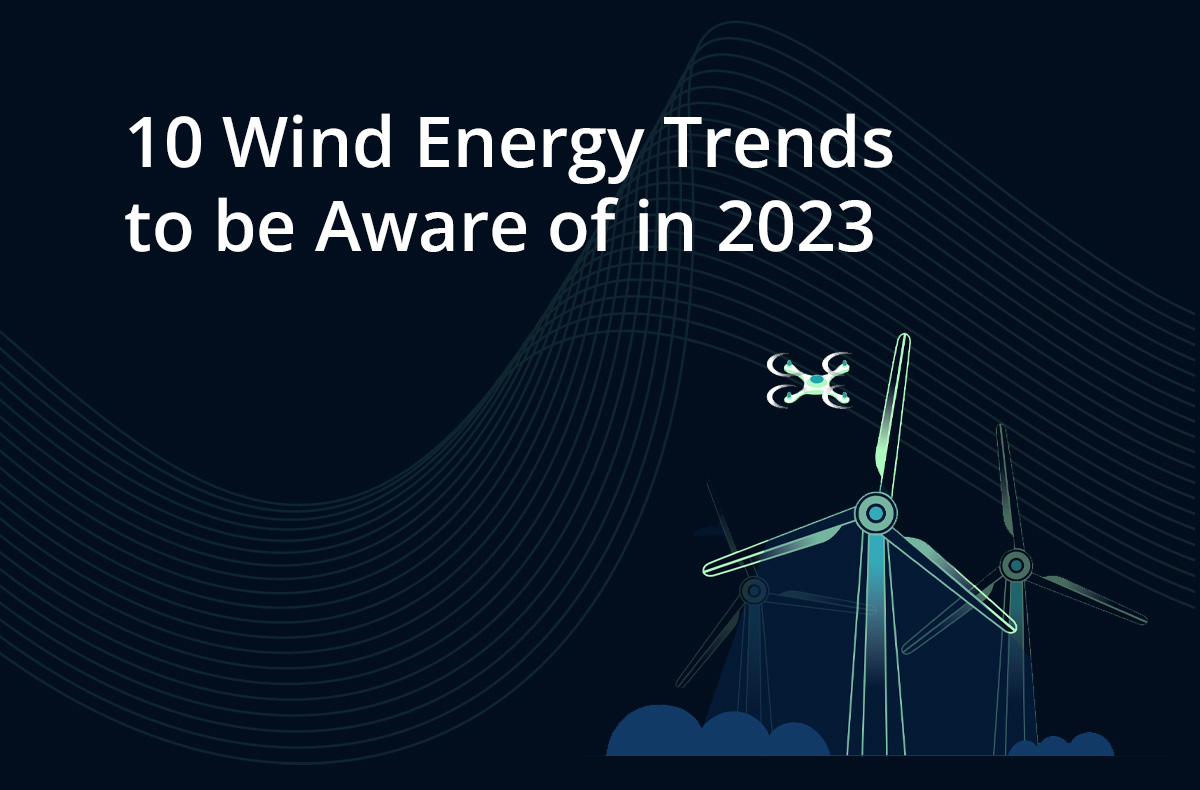Bridging Technical and Financial Data: The Next Frontier for Renewable Asset Management
In renewable energy, two worlds still run in parallel.
On one side sit the technical teams, monitoring generation, turbine availability, performance ratios, curtailment, and resource data such as wind speed or irradiance. On the other side sit the finance teams, closing the books, booking invoices, and reporting revenues and costs.
Both describe the same assets, over the same period, yet their data rarely speaks the same language.
This separation is one of the renewable industry’s quiet weaknesses, and one of its greatest opportunities.
The Missing Link Between GL Codes and Technical KPIs:
Technical KPI | Financial Impact (GL Code / Line) | Example Insight |
Net Energy Production (MWh) | Energy Revenue | Validate revenue vs. metered generation |
Resource Data (Wind Speed / Irradiance) | Revenue Forecasts | Predict variance from resource deviation |
Performance Ratio / Turbine Availability | O&M Costs | Quantify maintenance impact on lost output |
Soiling or Blade Fouling | Cleaning Costs | Assess cost of intervention vs. production gain |
Auxiliary Power Consumption | Imported Electricity | Detect inefficiencies and internal energy use spikes |
Curtailment or Constraint Hours | Compensation Income | Reconcile grid payments vs. expected losses |
These connections are obvious in principle — but in practice, they’re buried in spreadsheets and working papers. The general ledger records the outcome, not the driver.
Beyond the Obvious: Hidden Technical Drivers of Financial Performance
The bridge between physics and finance runs even deeper than generation or curtailment. Subtle technical signals such as temperature, vibration, or inverter efficiency, can have clear financial fingerprints.
For example:
– High transformer or inverter temperatures can signal component stress, leading to maintenance costs or downtime provisions.
– Abnormal vibration trends in turbines may justify O&M accruals or replacement reserves.
– Reactive power or voltage issues can cause grid penalties and reduced income.
When these signals are connected to financial outcomes, anomaly detection becomes truly multi-dimensional, a live feedback loop between technical cause and financial effect.
Why Monthly Alignment Isn’t Enough
Most asset managers do bring technical and financial data together but usually at month-end. By then invoices are booked, reconciliations done, and variances explained after the fact.
In other words, alignment happens after accounting not before insight. The process is manual, customer-dependent, and too slow to deliver real-time understanding.
The opportunity now is to move from periodic reconciliation to continuous alignment, where financial and technical data inform each other automatically.
From Manual Alignment to Continuous Insight
Mapping technical KPIs directly to financial GL codes makes performance traceable in real time.
Imagine:
– A wind farm sees high curtailment, but revenue remains flat – the system flags it instantly.
– Auxiliary electricity costs spike without increased load a potential accounting mismatch emerges.
– Solar irradiance drops but energy yield doesn’t – pointing to a sensor or metering error.
When technical and financial data share the same reference frame, insight becomes immediate, not retrospective.
Simplifying ESG and Sustainability Reporting
There’s also a growing ESG dimension. The same KPIs that drive financial results, generation, curtailment, auxiliary use, and availability are the foundation of ESG reporting:
– Environmental: carbon avoided per MWh, energy efficiency, and auxiliary load, which must now be reported alongside the physical electricity bills and costs.
– Social: downtime from health and safety events.
– Governance: traceability, auditability, and consistency.
Linking these data streams allows ESG metrics to flow naturally from the same trusted operational and financial systems producing automated, verifiable sustainability insights instead of separate manual exercises.
The Industry’s Next Step
Whether wind or solar, every MWh produced and every euro booked share a common origin the physics of generation. Bridging technical KPIs and financial data isn’t an operational luxury; it’s the next step toward scalable, intelligent asset management and credible ESG transparency.
It’s how we move from reconciling the past to predicting the future.
If your organization is ready to explore what this bridge could look like and how to start building it get in touch with us to begin the journey.



